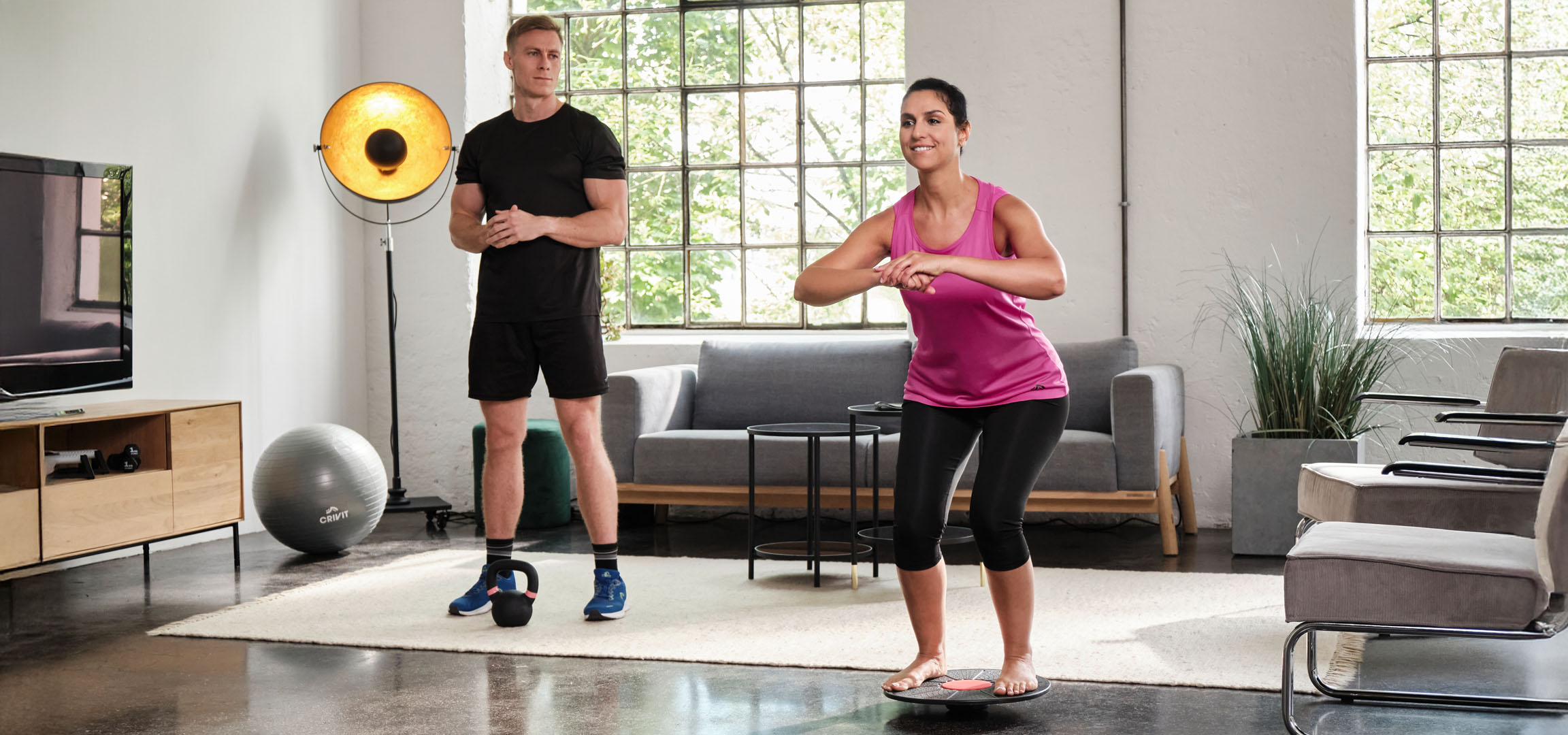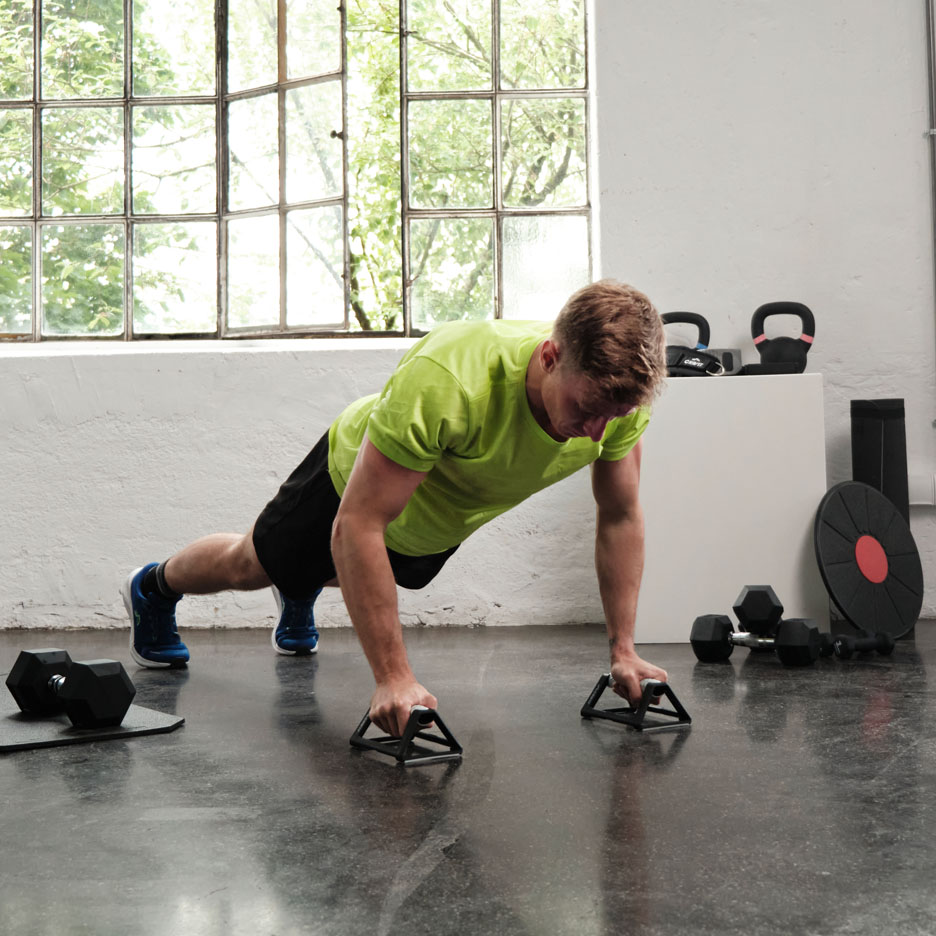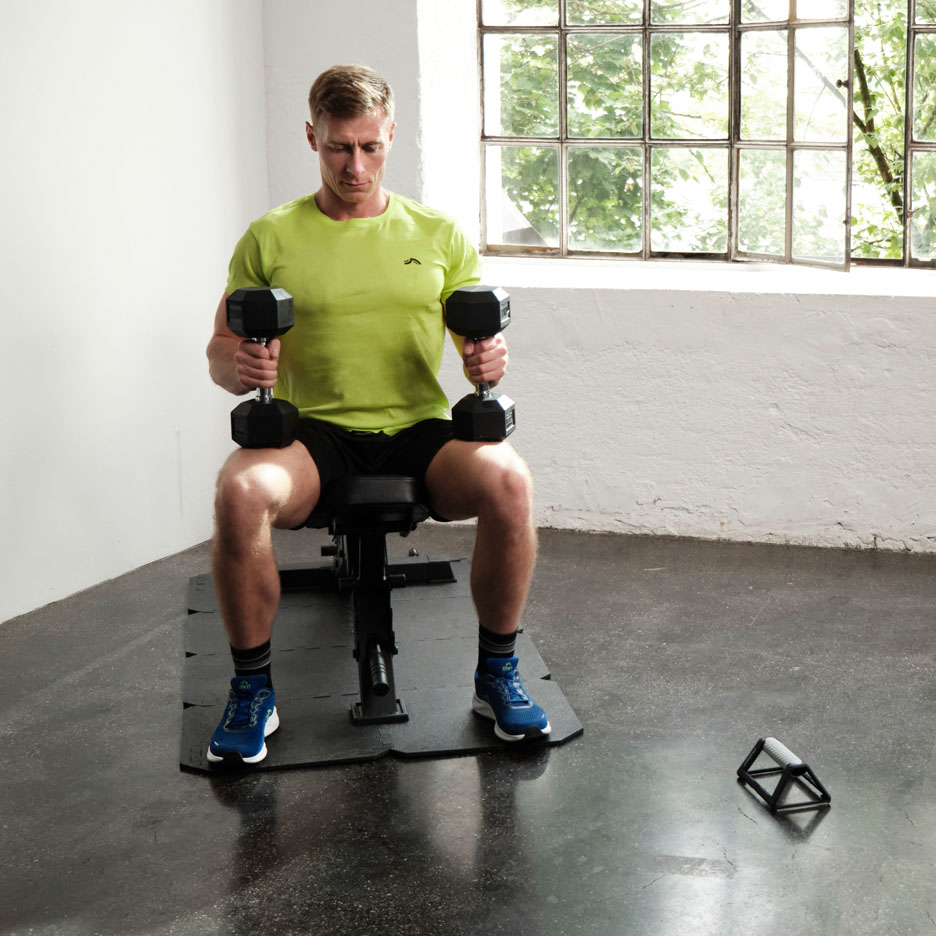How to train your core muscles
Strong core muscles are far more than just an aesthetic nice-to-have. They are the basis for a healthy posture, protect against back pain and even improve your performance - in sport but also in everyday activities such as standing, walking or sitting. Read on to find out why your core is so important, which exercises really make a difference and how you can strengthen your core in the long term with simple tips.
Why is a strong core important?
Your core – also known as the trunk – consists of the abdominal, back, pelvic floor, deep abdominal muscles, as well as the hip flexors and extensors. These muscles form the center or core from which a variety of movements arise – hence the name 'Core'. These so-called core muscles work together as a team to stabilize your spine, efficiently coordinate movements, and maintain your posture.

What do core muscles do?
Provide stability: They keep your body balanced during everyday movements such as sitting, lifting, or twisting.
Protection: A strong core protects your spine and prevents back pain. Force transfer: Whether running, lifting, or yoga – your core is the connection between the upper and lower body.
Posture: A trained core helps you stand upright and correct postural imbalances. Many underestimate the importance of the deep abdominal muscles. It is these that provide a stable core and help with back issues. Instead of training the abdominal muscles in isolation, the focus should be on functional exercises.
Consequences of weak core muscles
The core is often underestimated – yet the trunk muscles are essential for almost everything and are perhaps the most important aid in the prevention of back pain, which many people suffer from. However, most people only pay attention to their core muscles when problems arise. It is often not immediately noticeable that these issues result from a weak midsection, as the symptoms tend to be rather subtle. Consequences of weak core muscles can manifest through the following complaints:
- Frequent tension in the lower back
- Poor posture (e.g., hollow back, rounded back)
- Pain when sitting or standing for long periods
- Limited mobility
- Frequent ankle sprains or poor balance
How to train your core muscles
An effective core workout doesn’t have to be complicated. It is important that you train regularly – preferably with functional movements that engage multiple muscle groups simultaneously.

How to integrate core training into your daily routine?
You don't need long workout sessions – 10 minutes a day is sufficient and can be easily integrated into daily life. Because all the exercises from our two experts can be easily done at home. It works wonderfully even without equipment. To make it even easier for you to implement your core training in the future, here are a few tips:
Start small: Prefer to train for 5 minutes daily rather than one hour once a week.
Create a routine: Fixed times help – for example, in the morning after waking up or as a movement break while working from home.
Variety: Combine static and dynamic exercises to challenge all core areas.
Breathe consciously: Intentionally combine breath and movement to activate the deep core muscles. Exhale during the effort and relax while inhaling.
Strengthening your core muscles is worthwhile - for body & mind A strong core is your personal power centre - it helps you to walk through life upright, protects you from pain and gives you energy for movement of all kinds. Just a few minutes a day can make all the difference - or as our expert Tobi says: "You don't have to be a pro - just get started. Your body will thank you."
Frequently Asked Questions
Ideally, 3 to 4 short sessions per week. The important thing is regularity, not length.
After 3 to 4 weeks, you can feel the first changes in posture and stability – provided you stay consistent.
Absolutely! Especially exercises with your own body weight are ideal for beginners.





